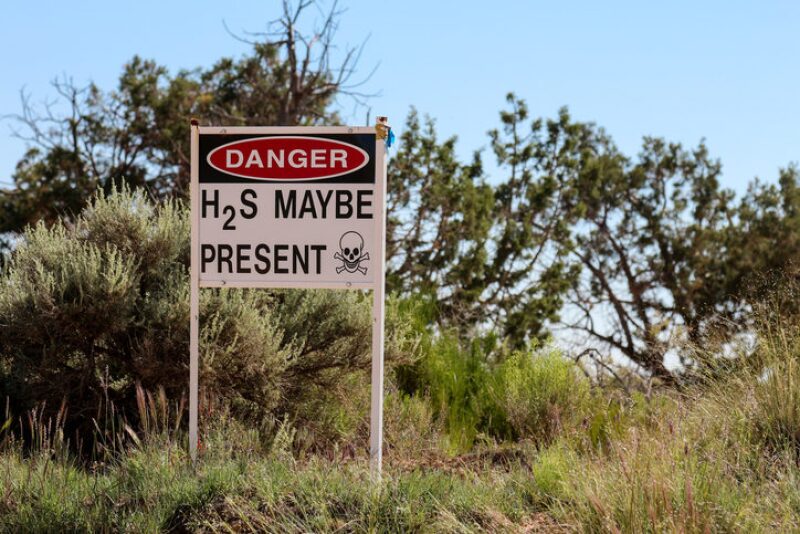Before the mid-1950s, very little acknowledgement was given to the risks and dangers lease pumpers face while working with high levels of hydrogen sulfide gases (H2S). Although improvements to drilling rigs have allowed drilling to depths greater than 20,000 ft, experience has shown that, the deeper the well, the higher the bottomhole pressure and more H2S gases the lease workers will experience. In fact, some wells have H2S rates so high, the entire well must be plugged.
While regulations have been written and enacted to protect lease workers from this growing danger, this is still a worldwide concern. Because of these revised laws, regulations, and large court-awarded settlements to workers (or their families) when negligence can be shown, most companies typically use the best equipment, exposure considerations, and literature they can afford. One of the more important aspects of this is education and training; to help understand more about hydrogen sulfide gas and the dangers associated with it, here are some of the more common questions lease workers have about hydrogen sulfide.
What Is Hydrogen Sulfide?
Hydrogen sulfide (also referred to as H2S) is a naturally occurring gas produced along with natural gas and crude oil. Like many other gases, it can be fatal if breathed in. Therefore, it is vital for lease workers to have some form of breathing apparatus on hand, as well as to understand the warning signs. Tanks containing deadly amounts of hydrogen sulfide are typically marked by a star or some other indicator showing the presence of H2S. When this warning is present, lease pumpers may be required to wear a breathing apparatus when testing or sampling the crude oil.

